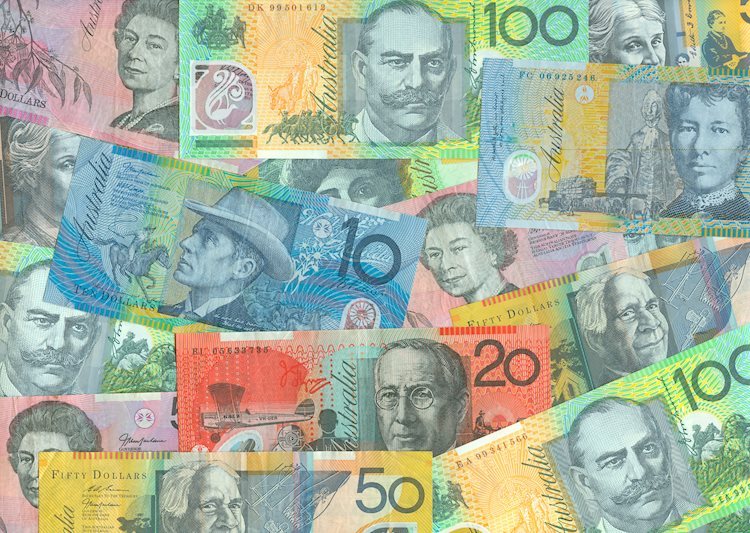The Australian Dollar (AUD) strengthened against the US Dollar (USD) for three consecutive sessions on Monday. This upward movement can be attributed to the rate cuts implemented by China, Australia’s largest trading partner. The People’s Bank of China (PBoC) reduced the 1-year Loan Prime Rate (LPR) to 3.10% and the 5-year LPR to 3.6%, in line with expectations. These cuts are expected to stimulate China’s domestic economic activity and increase demand for Australian exports. Additionally, Australia’s positive labor data, released last week, has decreased the likelihood of the Reserve Bank of Australia (RBA) making an interest rate cut this year, further supporting the AUD.
The US Dollar also gained support following data showcasing the resilience of the US economy, dispelling speculation of a 50-basis-point rate cut by the Federal Reserve (Fed) in November. The probability of a 25-basis-point rate cut in November stands at 94.3%, with no chance of a 50-basis-point cut according to the CME FedWatch Tool. National Australia Bank revised its projection for the RBA, anticipating the first rate cut in February 2025 instead of May. China’s Gross Domestic Product (GDP) grew at an annual rate of 4.6% in the third quarter of 2024, slightly down from the previous quarter but exceeding expectations. This growth, along with positive retail sales figures from both China and the US, contributed to the strength of the USD.
On a technical analysis note, the AUD/USD pair remains above 0.6700, with a barrier at the nine-day Exponential Moving Average (EMA). The pair is positioned below the nine-day EMA, signaling a short-term bearish trend. Support levels to watch include the psychological barrier at 0.6700 and the eight-week low of 0.6622. On the upside, resistance levels at the nine-day EMA at 0.6723 and the 50-day EMA at 0.6740 could provide further direction for the AUD/USD pair.
The Australian Dollar’s performance against major currencies on Monday shows that the AUD was strongest against the Canadian Dollar. The heat map indicating percentage changes of major currencies against each other reveals the AUD’s performance against other currencies. Lastly, economic indicators, such as the PBoC Interest Rate Decision, can impact the value of the Australian Dollar and other currencies. The PBoC’s decisions regarding interest rates can lead to bullish or bearish movements in the Renminbi (CNY), affecting the exchange rates of various currency pairs.











